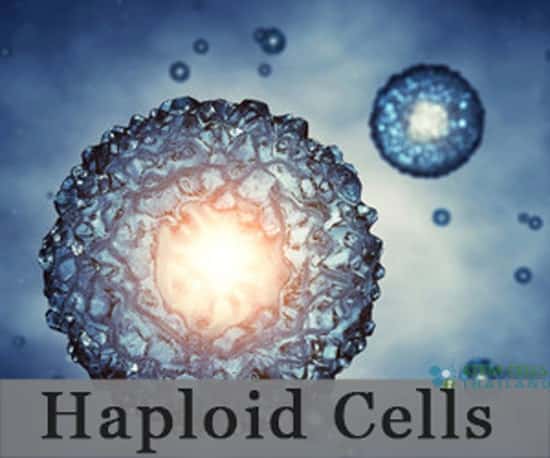
The human body contains two primary types of cells:
Haploid cells pertains to the number of chromosomes found in a gamete or represents half of the normal chromosome count in a particular somatic cells. The primary difference between haploid and diploid cells are the total number of chromosomes they consist of.[1]
The haploids are also called gametes. During the process of meiosis, the homologous chromosomal pairs separate to produce 2 haploid daughter cells.[2]
When sex cells such as egg and sperm meet, the combined genetic material creates a full 46 chromosomes becoming diploid.Thus human Sexual reproduction is designed as a natural method of producing genetically diverse offspring.[3]
To learn more or if you have any other questions please contact us today.
[1] ^ Mahasup, Namfon, Paskorn Sritipsukho, Raweewan Lekskulchai, and Tippawan Hansakunachai. 2012. Effects of mirror neurons stimulation on motor skill rehabilitation in children with cerebral palsy: a clinical trial. Journal of the Medical Association of Thailand = Chotmaihet thangphaet. https://www.ncbi.nlm.nih.gov/pubmed/23964461
[2] ^ Easley, Charles A, Bart T Phillips, Megan M McGuire, Jennifer M Barringer, Hanna Valli, Brian P Hermann, Calvin R Simerly, et al. 2012. Direct differentiation of human pluripotent stem cells into haploid spermatogenic cells. Cell reports, no. 3 (August 23). doi:10.1016/j.celrep.2012.07.015. https://www.ncbi.nlm.nih.gov/pubmed/22921399
[3] ^ Matangkasombut, Oranart, Roongtiwa Wattanawaraporn, Keiko Tsuruda, Masaru Ohara, Motoyuki Sugai, and Skorn Mongkolsuk. 2009. Cytolethal distending toxin from Aggregatibacter actinomycetemcomitans induces DNA damage, S/G2 cell cycle arrest, and caspase- independent death in a Saccharomyces cerevisiae model. Infection and immunity, no. 2 (December 7). doi:10.1128/IAI.00857-09. https://www.ncbi.nlm.nih.gov/pubmed/19995894
Zombie cells, also called senescent cells, are non-dividing cells that accumulate in the body due to stress or damage, resisting… Read More
Chimeric antigen receptor-T cell treatment (CAR-T cell therapy) holds immense potential to revolutionize organ transplantation, particularly for patients who struggle… Read More
In the ever-evolving landscape of nutrition science, the discourse around dietary fats has undergone significant transformation. The Regeneration Center is… Read More
New research shows that specific types of brain cells become active after brain injuries and exhibit properties similar to those… Read More
Chemokines, critical components in the immune system, are small proteins that facilitate the migration and positioning of immune cells throughout… Read More
Stem cell research examines everything from gene expression to differentiation capacities to therapeutic potentials. With such diverse data types and… Read More